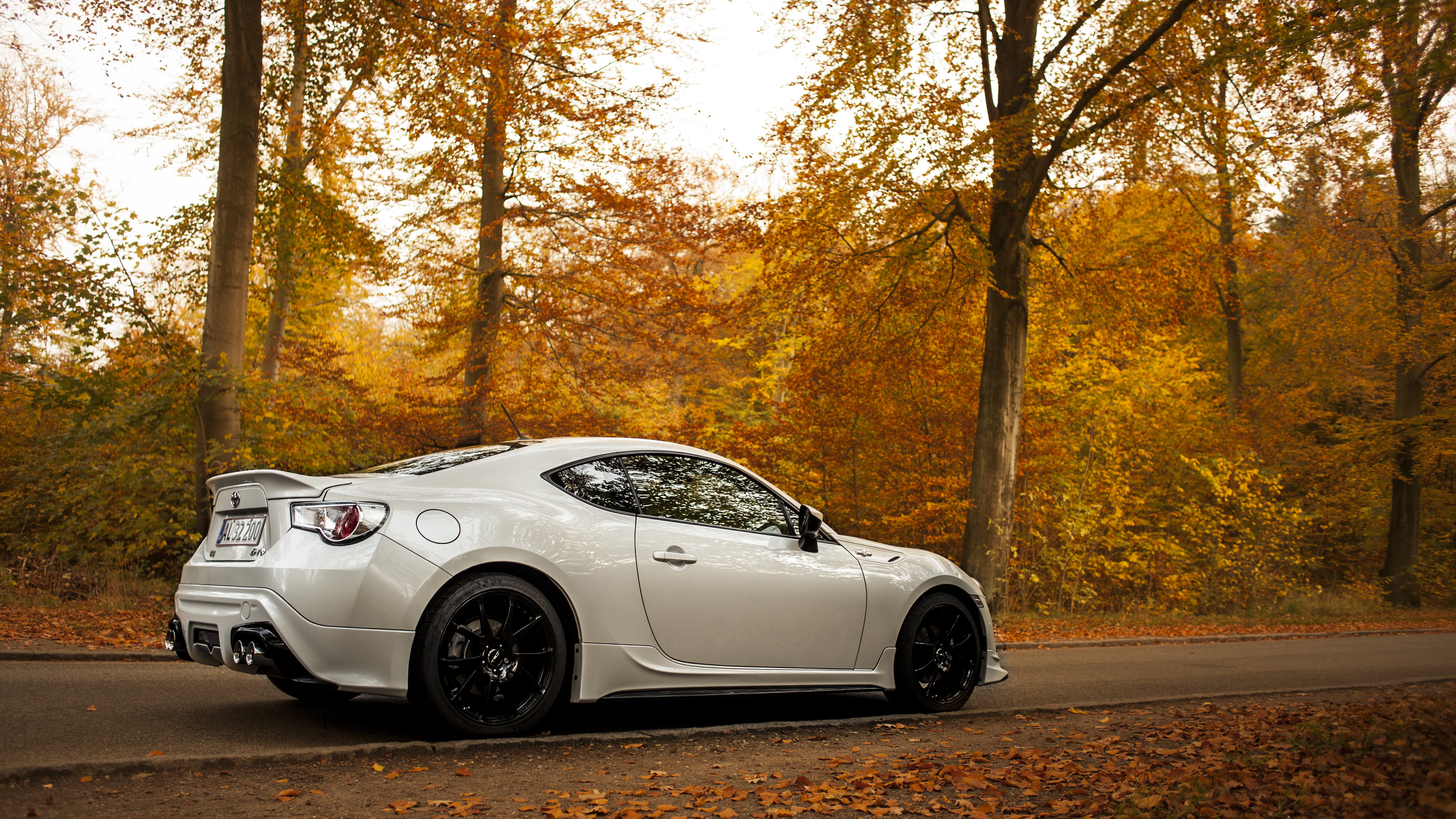
These codes are only seen on JDM models and are not present on exported models of the same type.
#Toyota jdm code#
The Emissions Code refers to the vehicle's designated emission standard at the time, usually being placed before the vehicle's model number, and with the five most commonly used designations being E, GF, GH, ABA, and CBA. As an example, ST205-BLMVZ breaks down as "ST205", which means it is a third generation Toyota Celica GT-FOUR, and "BLMVZ" which designates a set of features incorporated in the vehicle. The Model Code designates the vehicle's model number and features.
#Toyota jdm serial number#
For example, Frame Number SV30-0169266 breaks down as "SV30" identifying the model as Toyota Camry/Vista and "0169266" being the serial number of the vehicle. The Frame Number identifies the vehicles model and serial number. Instead, they use either a Frame Number, Chassis Number, or Vehicle ID Number and also a Model Code as well as an Emissions Code to identify their vehicles. Japanese carmakers do not use a vehicle identification number as is common overseas. over 750cc: allowed, but restricted to 100 hp.Power restrictions were as follows Pre-1993 Motorcycle power and speed restrictions įor many years Japan had severe restrictions on the maximum power and speed that motorcycles could have.Īll motorcycles for the Japanese domestic market were restricted to 112 mph (180 km/h). 1 Motorcycle power and speed restrictions.The horsepower limit was lifted in 2004 but the speed limit of 180 km/h (111.8 mph) remains.

In 1988, JDM cars were limited by voluntary self-restraints among manufacturers to 280 horsepower (PS) (276 hp) and a top speed of 180 km/h (111.8 mph), limits imposed by the Japan Automobile Manufacturers Association ( JAMA) for safety. VCM was successfully introduced to the Accord V6 in its redesign for 2008. However, the 2003 Honda Accord V6, which was the same basic vehicle, primarily intended for the North American market, did not feature VCM, which had a poor reputation after Cadillac's attempt in the 1980s with the V8-6-4 engine. For instance, the 2003 Honda Inspire featured the first application of Honda's Variable Cylinder Management. The Japanese car owner looks more toward innovation than long-term ownership which forces Japanese carmakers to refine new technologies and designs first in domestic vehicles. Japanese domestic market vehicles may differ greatly from the cars that Japanese manufacturers build for export and vehicles derived from the same platforms built in other countries. According to the Fédération Internationale de l'Automobile, a car in Japan travels a yearly average of over only 9,300 kilometers (5,800 miles), less than half the U.S. JDM market cars when compared to the United States market where vehicle owners are now owning vehicles for a longer period of time, with the average age of the American vehicle fleet at 10.8 years, Japanese owners contend with a strict motor vehicle inspection and gray markets. Only a vehicle made to be sold in Japan is considered JDM. There is a common misconception that any Japanese branded car is JDM however, this is not true. Japanese domestic market ( JDM) refers to Japan's home market for vehicles and vehicle parts. Identified by its chassis code A40, the original Supra was created to compete in a Datsun (Nissan) Z-car ruled world.Fender mirror of Toyota Celsior (UCF20 JDM)
#Toyota jdm windows#
There were optional power windows and power door locks, as well as optional cruise control and sunroof.

The design prioritized efficiency and reliability over luxury, but that didn’t mean that the Supra was sold bare. The interior of the original Supra, although not revolutionary, screamed Japanese engineering.

#Toyota jdm manual#
Both engine options came mated to either a five-speed manual or a four-speed auto, and both transmissions featured an “overdrive” gear, allowing the car to cruise while lowering the RPM, allowing it to have better fuel consumption.

The latter variant is the same model that would be exported outside Japan. It was offered with two engine variants: a 2.0 liter 12-valve Inline-6 engine that made 123 hp, or a slightly less powerful 2.6 liter 12-valve Inline-6 that made around 110 hp. The first-generation Supra was heavily based on the Celica hatchback, but modified slightly to accommodate a different engine. The Toyota Supra began in 1978, but back then, it was marketed as the Celica XX.


 0 kommentar(er)
0 kommentar(er)
